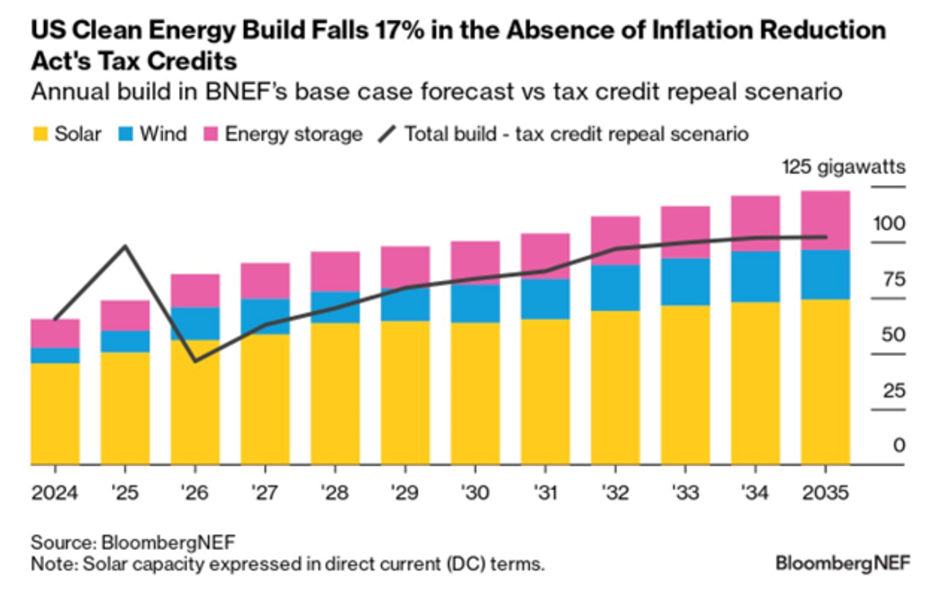Natural Asset Companies: Financial Product Innovation Supporting Sustainable Development
- Gabriel Thoumi

- 20. Apr. 2022
- 3 Min. Lesezeit
April 21, 2022
“There haven’t historically been mechanisms to encourage the capital formation necessary to preserve and restore the natural assets that ultimately underpin the ability for there to be life on Earth,” NYSE COO Michael Blaugrund.
Climate change and natural capital degradation are an existential threat to capital markets: supply chain uncertainty, increasing greenhouse gas emissions, and declining ecosystem services, puts downward pressures on revenue and margins.
Natural Asset Companies (NACs) present a timely market innovation that support investments in natural capital assets that add to the growing financial tools to mitigate climate change and natural capital degradation.
The estimated costs to protect the ecosystems we depend on for life range from $300 billion to $400 billion annually yet total conservation funding globally is about $50 billion so NACs may fund the gap.
Intrinsic Exchange Group (IEG) is collaborating with a variety of entities, notably the government of Costa Rica, and investors such as the Inter-American Development Bank (IDB), and the Rockefeller Foundation.
● Natural Asset Companies (NACs) are a new financial product launched in Q3 2021 by the Intrinsic Exchange Group (IEG) and the New York Stock Exchange (NYSE).
● A natural asset can be anything in nature, such as a forest or marine area. Natural assets have a large intrinsic value, a portion of which is due to the ecosystem services they provide. Ecosystem services include water filtration, pollination, and carbon sequestration.
● Any owner of a natural asset, such as the government or independent farmers, can create a NAC, a specialized corporation that owns the ecosystem services provided by the natural asset. The NAC can subsequently IPO and receive funding from investors through the NYSE. Given that the NAC’s value is based on its ecosystem services, raised funds will be strategically directed toward sustainably increasing the asset’s ecosystem services.
● There are many challenges to the growth of this brand-new asset class: investor interest and trust, government regulations, accurate valuation of ecosystem services, and public acceptance of putting a dollar value on nature
Natural Asset Companies: How They Work
The first step in creating a NAC is identifying a valuable natural asset. The geographical area of the natural resource must be identified and then defined. The value of the asset must be assessed in terms of its current productivity – ecosystem services – and its fullest potential. The owner then grants the rights to the productive use of the ecosystem’s natural resources to a NAC. The actual ownership of the asset is not transferred––only the rights to the productive use of the ecosystem’s natural resources.
After the NAC is established, the NAC leadership team then engages stakeholders to develop a sustainable business plan for its long-term development and/or regeneration.
With this plan in place, the NAC can then access capital by issuing an IPO on the NYSE. Investors who believe in the NAC’s ability to sustainably increase the ecosystem services of its asset can invest in the NAC.
The NAC then uses the proceeds to implement its sustainable asset management plan with the purpose that the company will accrue more value the longer the asset remains sustainably managed.
A NAC’s success depends on its valuation, audit, assurance, accounting, and public reporting, and ultimately, clear and consistent standards. Similar to other publicly traded companies, NAC’s employ U.S. generally accepted accounting standards (GAAP).
IEG and the NYSE are currently developing a standardized accounting framework called Ecosystem Service Valuation (ESV) to measure a NAC’s ecological performance, based on a “stock and flow” model – stock of natural capital assets and flows of ecosystem services. Once complete, anyone can establish a NAC or invest in one for financial and environmental benefits.
The Inter-American Development Bank and the Government of Costa Rica are currently assessing whether they can employ NACs, starting with public land and eventually extending to private as well.
There are concerns about NACs, too. Risks include greenwashing and in the worst-case scenario, land-grabbing, which would effectively convert beloved public spaces and community property into private assets. Furthermore, legal risks such as contracting, recourse, titling, and ecological accounting frameworks need to be resolved for the NAC market to grow.
A key counter argument is that some natural areas are beyond our ability to value them, such as biodiverse and rich regions within the Amazon. These have a non-negotiable infinite value to society due to their role in preventing biodiversity collapse and climate change tipping points, so their destruction should be avoided at all costs.
Natural Asset Companies: Stay Tuned to This Space
NACs provide a promising financial product that may support raising capital to support conservation and sustainable development, as key risks are addressed, and after the NYSE and IEG finalize their accounting frameworks. The details need to be worked out, of course, which requires some iteration via real-world examples. Yet market innovation such as NACs are what markets need to support ESG Integration™.









Kommentare